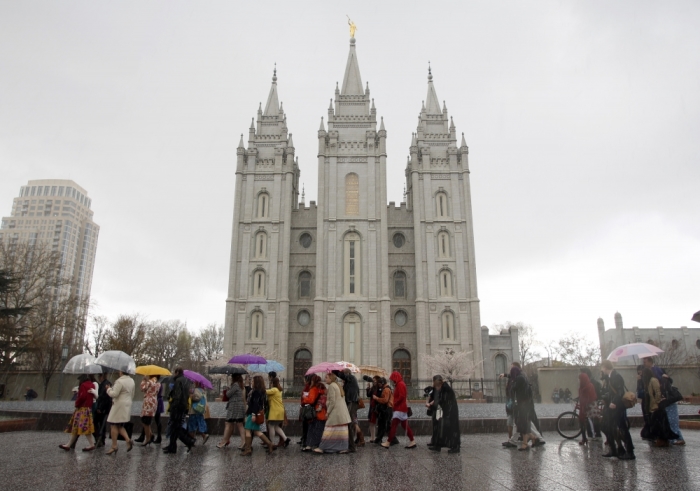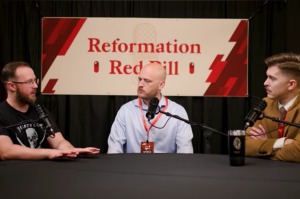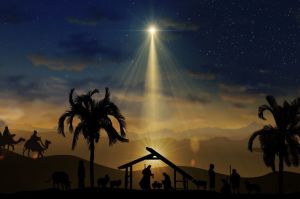Mormon church sued again for allegedly using offerings to pad investments

The Church of Jesus Christ of Latter-day Saints is facing a new federal lawsuit in U.S. District Court in Salt Lake City over accusations that its investment arm improperly used donations intended for charity.
The lawsuit, filed this week, contends that three men who donated hundreds of thousands to the church had their contributions diverted to investments rather than used for the promised humanitarian efforts, The Associated Press reported.
This action adds to ongoing scrutiny of the opaque financial operations of The Church of Jesus Christ of Latter-day Saints, as well as the management of its substantial investment portfolio.
The church, which has faced a $5 million fine from the U.S. Securities and Exchange Commission for using shell organizations to obscure the size of its investment portfolio, has not yet commented on the new legal challenge. Officials say that the LDS Church went to "great lengths to avoid disclosing the Church's investments."
The new lawsuit contests the church's assurances that contributions solely fund relief efforts, alleging that a significant portion of the donations, including tithes, are funneled into Ensign Peak Advisors. This entity, established in 1997, has reportedly amassed over $100 billion.
The suit is brought by Daniel Chappell, Masen Christensen, and John Oaks, who allege they donated roughly $350,000 over a decade. Seeking class-action status, the action could potentially encompass millions of church members and proposes the establishment of independent oversight for the church's donations.
An earlier case, filed in California by James Huntsman, brother of former Utah Gov. Jon Huntsman, Jr., alleges misuse of $5 million in contributions, the newswire noted. That case recently achieved a measure of success on appeal, although it continues through the legal system.
The LDS Church had previously called Huntsman's allegations baseless, detailing that donations support various religious activities, including missionary endeavors, education and infrastructure development.
Both cases draw upon allegations made by whistleblower David Nielsen, a former investment manager for Ensign Peak, who filed a memorandum to the U.S. Senate Finance Committee earlier this year claiming that Ensign Peak's expenditures for charitable work have been scarce.
"For 22 years, the corporation known as Ensign Peak Advisors, Inc. ... has employed corrupt practices — falsified books and records, false statements, and deception — to masquerade as tax-exempt, even though EPA failed to engage in any charitable activities for 22 years," the memorandum wrote.
Historically, according to the lawsuits, Ensign Peak has only disbursed funds twice: once to support a church-affiliated insurance company and again to finance a mall construction in Salt Lake City. The contention is that these expenditures do not coincide with the donations' intended charitable use.
With an estimated wealth of $236 billion in 2022, a July report from The Widow's Mite contends that the LDS Church could potentially cover all of its current expenses "forever" with returns from current investments without collecting any additional tithes from congregants. LDS could become a $1 trillion entity as early as 2044, the report estimates.
The report, prepared anonymously by "current and former Church members whose professional and educational backgrounds include business, finance, law, investment management, economics, journalism and history," was created through an analysis of "publicly available sources."
Christopher Moore, a spokesperson for The Church of Jesus Christ of Latter-day Saints, told The Salt Lake Tribune at the time that no comment could be given because the "main themes" came from "anonymous accounts."
The Widow's Mite researchers estimated that The LDS Church had more monetary assets than many of the world's wealthiest institutions, including Harvard University, Yale, Stanford University, Princeton University and the Massachusetts Institute of Technology.





























